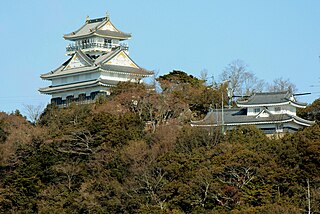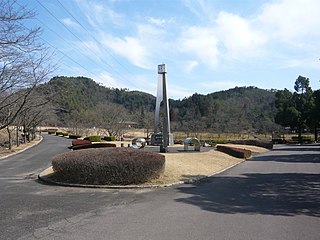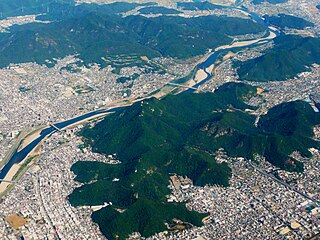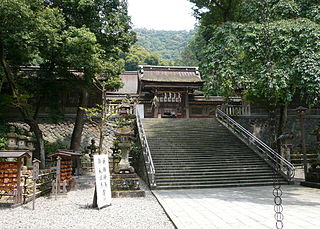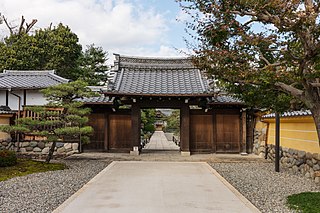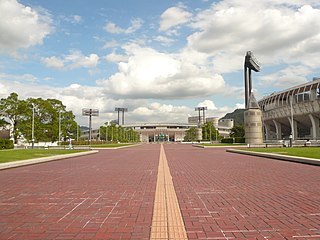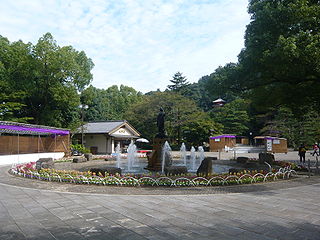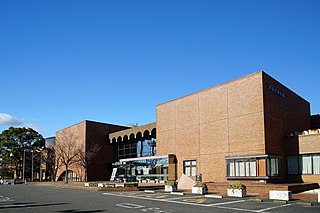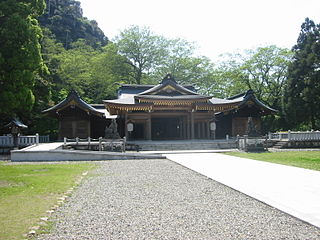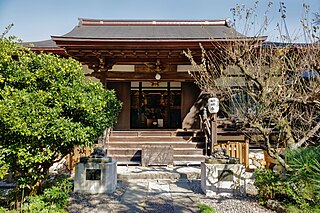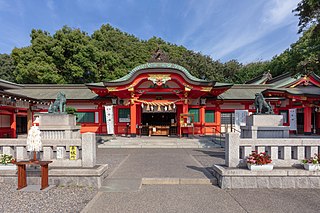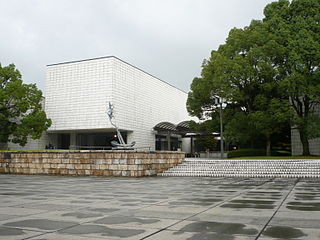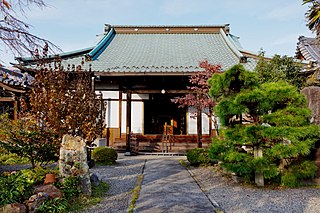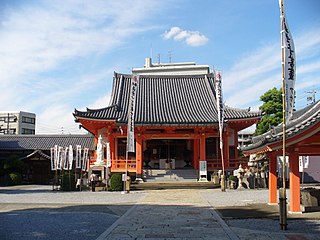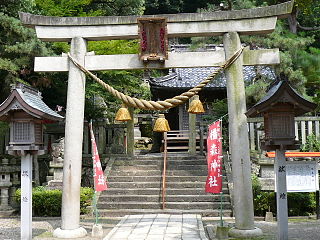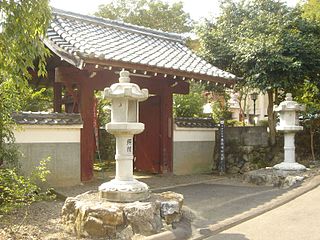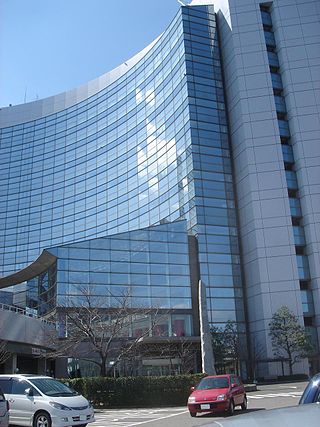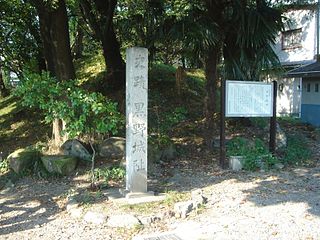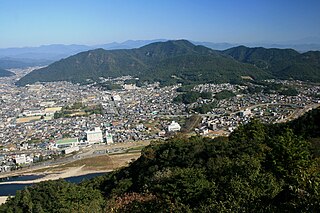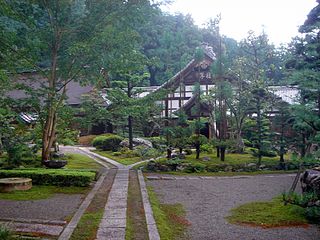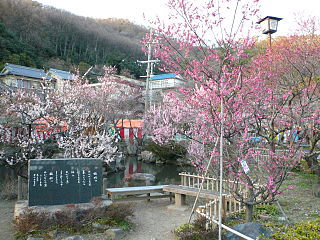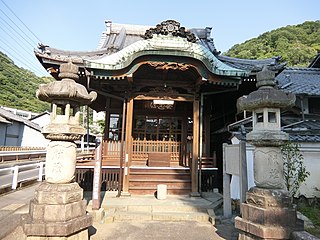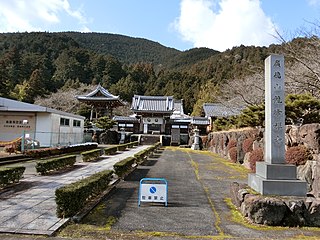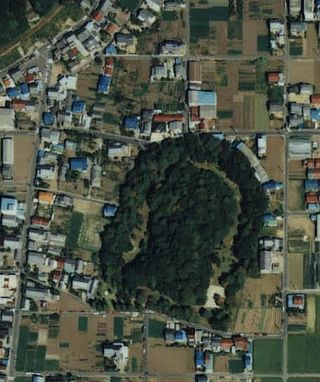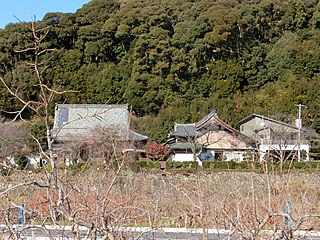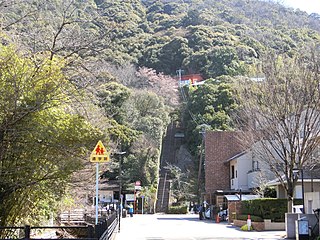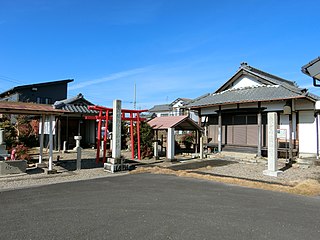30 Sights in Gifu, Japan (with Map and Images)
Legend
Welcome to your journey through the most beautiful sights in Gifu, Japan! Whether you want to discover the city's historical treasures or experience its modern highlights, you'll find everything your heart desires here. Be inspired by our selection and plan your unforgettable adventure in Gifu. Dive into the diversity of this fascinating city and discover everything it has to offer.
Sightseeing Tours in GifuGifu Castle is a Japanese castle located in the city of Gifu, Gifu Prefecture, Japan. Along with Mount Kinka and the Nagara River, it is one of the main symbols of the city. The castle is also known as Inabayama Castle . It was designated a National Historic Site in 2011.
2. 岐阜ファミリーパーク
Gifu Family Park (Gifu Family Park) is a park located in Kitano, Gifu City, Gifu Prefecture, with a family-friendly amusement park "Children's Zone" and a sports facility "Spolek Zone". A city park with an area of 58.6 hectares that opened in March 1982 (Showa 57).
3. Mt. Kinka
Mt. Kinka , also known as Kinkazan, is located in the heart of the city of Gifu, Gifu Prefecture, Japan, and rises to a height of 329 m (1,079 ft). Previously called Mt. Inaba , it has long served as the representative symbol of Gifu. It stands along the Nagara River, creating bountiful nature within the city. Though it is the most famous mountain in the city, Mount Dodo, to the north, is the tallest.
4. 伊奈波神社
Inaba Shrine is a Shinto shrine located at the base of Mount Kinka in Gifu, Gifu Prefecture, Japan. Originally, its name was written 稲葉神社, which is pronounced the same way. It is the main shrine that is celebrated by the city of Gifu in its annual Gifu Festival on the first Saturday of each April. Because of its size, it is a popular spot for hatsumōde and Shichi-Go-San.
5. Gifu City Museum of History
The Gifu City Museum of History is a city-supported history museum located in the city of Gifu, Gifu Prefecture, Japan. Located in Gifu Park at the base of Mount Kinka, it is in the heart of Gifu City's sightseeing area.
6. 崇福寺
Sōfuku-ji (崇福寺) is a Buddhist temple located in Gifu, Gifu Prefecture, Japan. The temple has strong ties to both Saitō Dōsan and Oda Nobunaga. Gifu's Sōfuku-ji is famed throughout Japan for both the number of monks it produces and for its "Blood Ceiling". Shortly after its founding, it was also known as Kōsai-ji (弘済寺), but that name is no longer used. It is also one of the Mino Thirty-three Kannon.
7. Gifu Memorial Center
The Gifu Memorial Center is a collection of sports facilities located in Gifu, Gifu Prefecture, Japan. It is a prefectural facility and its purpose is to promote sports and other events within the prefecture.
8. 岐阜公園
Gifu Park is a public park located at the base of Mount Kinka in the city of Gifu, Gifu Prefecture, Japan. Inside the park, there are many attractions, including Gifu Castle, Mount Kinka, the Mt. Kinka Ropeway, the Gifu City Museum of History, the Eizō & Tōichi Katō Memorial Art Museum, and the Nawa Insect Museum. In 2006, it was selected as one of Japan's Top 100 Public Historical Parks.
9. Gifu City Science Museum
The Gifu City Science Museum is a city-supported museum in Gifu, Gifu Prefecture, Japan. It was built in 1955 and was moved to its present location and renamed the Gifu City Children's Science Center in 1980. When the planetarium was added in 1988, the name was again changed to the Gifu City Science Museum. There are many hands-on exhibits in the museum.
10. Kanō Castle
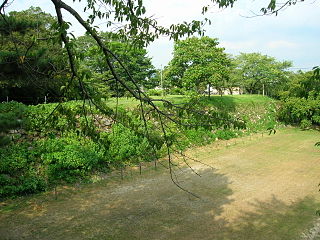
Kanō Castle was a hirajirō-style Japanese castle located in the city of Gifu, Gifu Prefecture, Japan. It was one of the few castles built after the Battle of Sekigahara and establishment of the Tokugawa shogunate and was used as an administrative center of Kanō Domain under the end of the Edo period, but only its ruins, including the base of the tenshu and stone walls, remain today. The ruins were designated National Historic Site in 1983.
11. Gifu Gokoku Shrine
Gifu Gokoku Shrine is a Shinto shrine located at the base of Mount Kinka in Gifu, Gifu Prefecture, Japan. The shrine is dedicated to the 37,000 residents of Gifu Prefecture who have died in wars since the Meiji Restoration. Official ceremonies are also held at the neighboring Hotel Seiran, which is part of the shrine facilities.
12. 妙照寺
Myoshouji is a Nichiren sect temple located at the foot of Mount Kinka in Gifu City, Gifu Prefecture. The mountain name is Sankozan. The former head temple is Ritsubonji in Kyoto, and it is affiliated with the Seishi school.
13. 金神社
Kogane Shrine is a Shinto shrine located in the city of Gifu, Gifu Prefecture, Japan. First built in 135, it has long been considered a place to pray for financial blessings. Because it is located near the city center, approximately 150,000 worshippers visit the shrine over the three-day New Year's period. On April 5, the shrine hosts the Gifu Festival with Inaba Shrine and Kashimori Shrine. The nearby Kogane Hall can be used as a communications place for the citizens of the city.
14. Museum of Fine Arts
The Museum of Fine Arts, Gifu is art museum located in the city of Gifu, Gifu Prefecture, Japan. The focus of the museum is on art and artists related to Gifu Prefecture, but the museum also collects pieces from other places in Japan and overseas.
15. 常在寺
Jōzai-ji (常在寺) is a Buddhist temple of the Nichiren sect in Gifu, Gifu Prefecture, Japan. Its formal name is Shūrinzan Jōzai-ji (鷲林山常在寺). Starting with Saitō Dōsan, Jōzai-ji served as the family temple for the Saitō family for three generations, which included his son, Saitō Yoshitatsu, and his grandson, Saitō Tokugen. Also, it has been designated as a nationally Important Cultural Property, as it contains pictures of both Dōsan and Yoshitatsu.
16. 美江寺
Mie-ji (美江寺) is a Buddhist temple of the Tendai sect located in Gifu, Gifu Prefecture, Japan. It is also referred to as Mie-ji Kannon (美江寺観音). It is one of the Mino Thirty-three Kannon. The temple houses the Kanshitsu Kannon, which is one of Japan's nationally designated Important Cultural Properties.
17. 橿森神社
Kashimori Shrine is a Shinto shrine located in the city of Gifu, Gifu Prefecture, Japan. From long ago, it has been considered a good place for married couples and children to go for good luck. One legend associated with Kashimori Shrine is that when Tenma, a mythical horse, landed behind the shrine, it left a hoof print in stone that can still be seen today. Each year, on April 5, the shrine hosts the Gifu Festival, along with Inaba Shrine and Kogane Shrine.
18. 真長寺
Shinchoji Temple is a temple of the Koyasan Shingon sect located in Gifu City, Gifu Prefecture, Japan. The name of the mountain is Mt. Miwa. It is commonly known as "Miwa Buddha". It is often referred to by its common name rather than its official name. The main Buddha is Buddha.
19. サラマンカホール
Salamanca Hall is a Gifu Prefectural Concert Hall located in the Gifu Prefectural Citizens' Fureai Hall in Gifu City, Gifu Prefecture. It is managed and operated by Fureai Facilities, which is the designated administrator.
20. 黒野城跡公園
Kurono Castle was a castle built in Mino Province in Japan in 1597. Though the castle spanned the Sengoku and Edo periods, it barely did so as the castle was demolished in 1610. The castle supported the Saitō, Oda and Toyotomi clans.
21. 百々ヶ峰
Mount Dodo , or Mount Dodogamine, is located in the northern part of the city of Gifu, Gifu Prefecture, Japan it is 417.9 m (1,371 ft) in height, making it the tallest mountain in the city. The mountain's small valley includes Matsuo Pond and Hagi Falls.
22. 東光寺
Tokoji Temple is a temple of the Rinzai sect of Myoshinji in Kokura, Yama Prefecture, Gifu Prefecture. The name of the mountain is Mt. Fuji. The main Buddha is the Holy Kannon Bodhisattva. It is the 9th shrine of the 33rd Kannon Shrine in Mino and the 64th shrine of Mino Shikoku.
23. 梅林公園
Bairin Park is a city-supported park located in Gifu, Gifu Prefecture, Japan. In Bairin Park, there are a total of approximately 1,300 plum trees, which represent approximately 50 different varieties.
24. 慈恩寺
Jionji Temple is a temple of the Rinzai sect of Myoshinji (under the Tokai faction of the Heavenly Sphere Temple) with Jizo Bodhisattva as its main shrine located in Daimon-cho, Gifu City, Gifu Prefecture. The name of the mountain is Jingdeok Mountain. One of the temples that Oda Nobunaga invited to protect the city of Gifu.
25. 浄音寺
Joonji Temple is a temple of the Nishiyama Zenrinji sect of the Jodo sect located in Miwa, Gifu City, Gifu Prefecture, Japan. The name of the mountain is Mt. Nishidan. The honzon is Amitabha. A temple related to Anrakuan Sakuden, which is called the founder of rakugo.
26. 龍峰寺
Ryuhoji Temple (龍峰寺, 龍峰寺) is a temple of the Rinzai sect of Myoshinji in the depths of Gifu City, Gifu Prefecture, Japan. It is the Bodhi temple of the lord of the northern castle, Morinari Ando.
27. 琴塚古墳
The Kotozuka Kofun (琴塚古墳) is akofun burial mound located in the Kotozuka neighborhood of the city of Gifu, Gifu Prefecture, in the Chūbu region of Japan. The site was designated a National Historic Site of Japan in 1934. It is the third largest in Gifu Prefecture.
28. 智勝院
Chishoin is a temple of the Soto sect with the Bodhisattva Saint Kannon as its main shrine located in Honsu City, Gifu Prefecture, and the name of the mountain is Mt. Taiji. It is the Bodhi temple of the lord of Kano domain, Toda Matsudaira.
29. Zenrinji
Zenrinji Temple is a temple of the Rinzai sect of Myoshinji sect with the eleven-sided Kannon Bodhisattva as its main shrine located on the slopes of Mt. Kinka in Gifu City, Gifu Prefecture. Mino Shin Shikoku No. 7 Temple.
30. 薬師寺
Yakushiji is a temple of the Nishi Honganji sect located in Nakaya Nishi, Gifu City, Gifu Prefecture, with Yakushi Nyorai as its principal deity, and its mountain name is Tohozan. It is the 76th temple of the Mino Shikoku pilgrimage.
Share
Disclaimer Please be aware of your surroundings and do not enter private property. We are not liable for any damages that occur during the tours.
